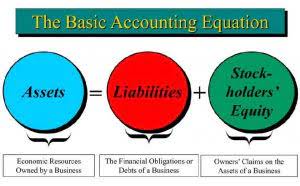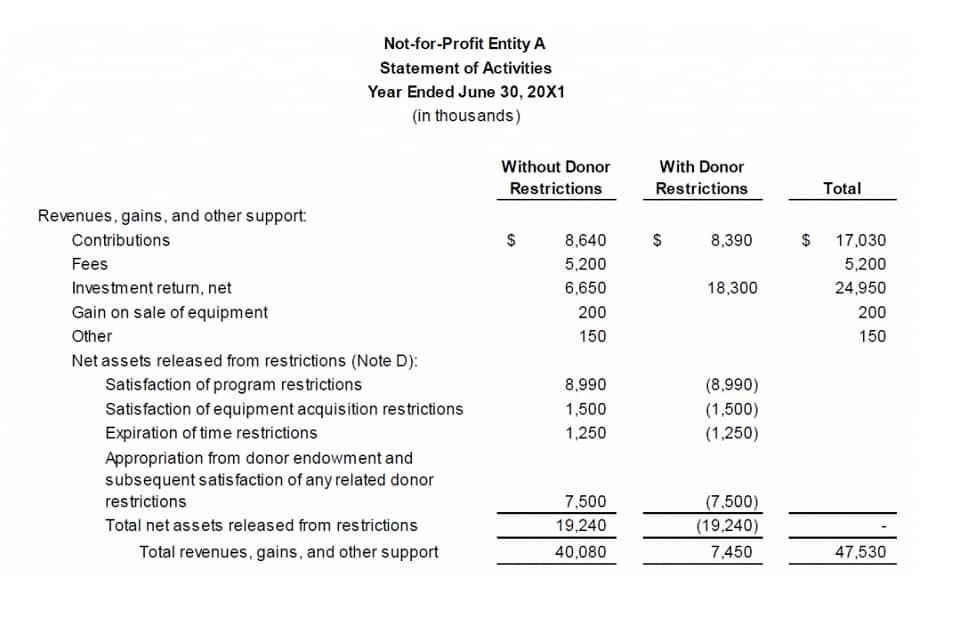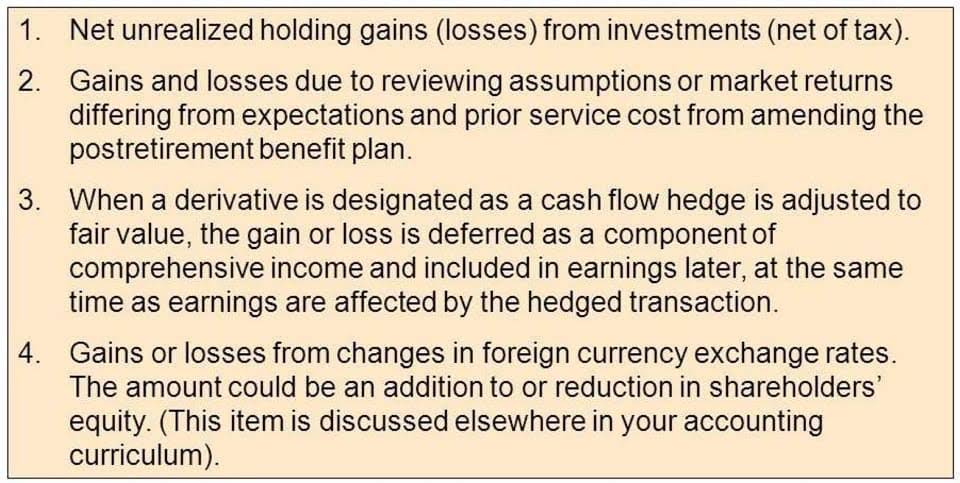
EBITDA margin allows comparison of the operating profitability of companies across diverse industries. Firms with higher EBITDA margins are typically better at generating cash from their business activities. By looking at EBITDA, we can determine the underlying profitability of a company’s operations, allowing for easier comparison to another business. The EBITDA metric is a variation of operating income (EBIT) that excludes certain non-cash expenses. The purpose of these deductions is to remove the factors that business owners have discretion over, such as debt financing, capital structure, methods of depreciation, and what is ebitda taxes (to some extent). It can be used to showcase a firm’s financial performance without the impact of its capital structure.

Allows Easy Comparison Between Companies
- Whether you’re benchmarking, calculating EBITDA for $34,000 in net income, or determining if $108,000 EBITDA is competitive, understanding EBITDA is vital for financial success.
- Add interest expenses and any earnings from investments, then factor in taxes (like income tax).
- Ron Auerbach, a professor at City University of Seattle, provided an example.
- It’s a way to measure a company’s profit from its core business activities.
- Analysts can calculate EBITDA even if the company doesn’t report it directly.
- It includes the costs of geophysical surveys, exploratory drilling, and dry holes.
EBITDA, on the other hand, is simply a measure of earnings that excludes certain expenses. But in general, EBITDA should not play an outsized role in stock analysis and valuation. Savvy investors will rely much more heavily on metrics like real cash flow, net income, returns on invested capital, free cash flow yields, asset turnover, and debt levels. These financial metrics provide a fuller picture of profitability and cash generation. Getting caught up in EBITDA figures alone, especially for high-growth stocks, is a dangerous investing pitfall for stock market investors. Since EBITDA excludes real costs like capital expenditures, it cannot accurately measure the underlying profitability of a business model.
Taxes included in the formula
The formula to calculate the EBITDA margin is equal to EBITDA divided by revenue, expressed as a percentage. However, sell-side equity research analysts, buy-side analysts, and other participants in the public equities market pay considerable attention to non-GAAP measures. For instance, the variance between the two metrics can be substantial for capital-intensive companies with significant Capex spending requirements. Sign up to receive https://mediafic.tn/north-chicago-bookkeeping-services/ regular email updates, industry-leading insights, and details on our Growth and Exit Strategies Conference for business owners. Hopefully this in-depth guide has given you a clearer idea of how to define EBITDA, how it’s applied to business valuations, the meaning of its use and its benefits and drawbacks. Therefore, it is recommended that you work with trusted financial advisors and M&A specialists to ensure you do not overreach in pursuit of the largest EBITDA number possible.
- The net income (the “bottom line”) is inclusive of all operating and non-operating costs, such as COGS, SG&A, and R&D.
- Operating income before depreciation and amortization (OIBDA) refers to an income calculation made by adding depreciation and amortization to operating income.
- “EBITDA is a key indicator of a business’s performance, profitability, value and ability to add debt,” says Fanny Cao, a CPA, CGA and Senior Advisor, Financial Products at BDC.
- Investors like EBITDA because it shows how well a company is doing without the effects of financing and accounting decisions.
- But instead of calculating your total revenue that resulted in net profit, it shows how much of your total revenue resulted in EBITDA.
- Well, not exactly, but the way EBITDA is calculated can vary between companies.
Evaluating Business Profitability and Operational Efficiency with EBITDA
The investor sees how profitable the core business activities are without distortions from non-operating factors. EBITA allows investors to analyze a company’s profits purely from its core operations, excluding the effects of accounting decisions like depreciation. It provides a clearer picture of the underlying profitability of the business. A higher EBITA generally indicates a more profitable company that is generating more money from its business operations alone, regardless of tax rates or capital structure. EBITA gives investors a normalized earnings metric to determine which companies are efficiently using capital to generate returns when comparing potential CARES Act investments. It is an insightful indicator of fundamental performance for stock analysis and valuation.

Create a free account to unlock this Template

Any rate increases might hit their customers too, which could result in their own cash-flow issues. EBITDAX stands for ‘Earnings Before Interest, Taxes, Depreciation (or Depletion), Amortisation, and Exploration Expense’. It is used only in connection with exploration and production companies. These are companies that aim to extract and sell natural resources such as oil and minerals.
- Adjusted EBITDA is not used alone to evaluate a company, but rather in association with other metrics.
- Managing working capital – for example, by reducing inventory levels – frees up cash flow.
- These costs can significantly reduce net income but have little impact on actual cash flow.
- So, you decide to use the operating income to determine the EBITDA of your second business.